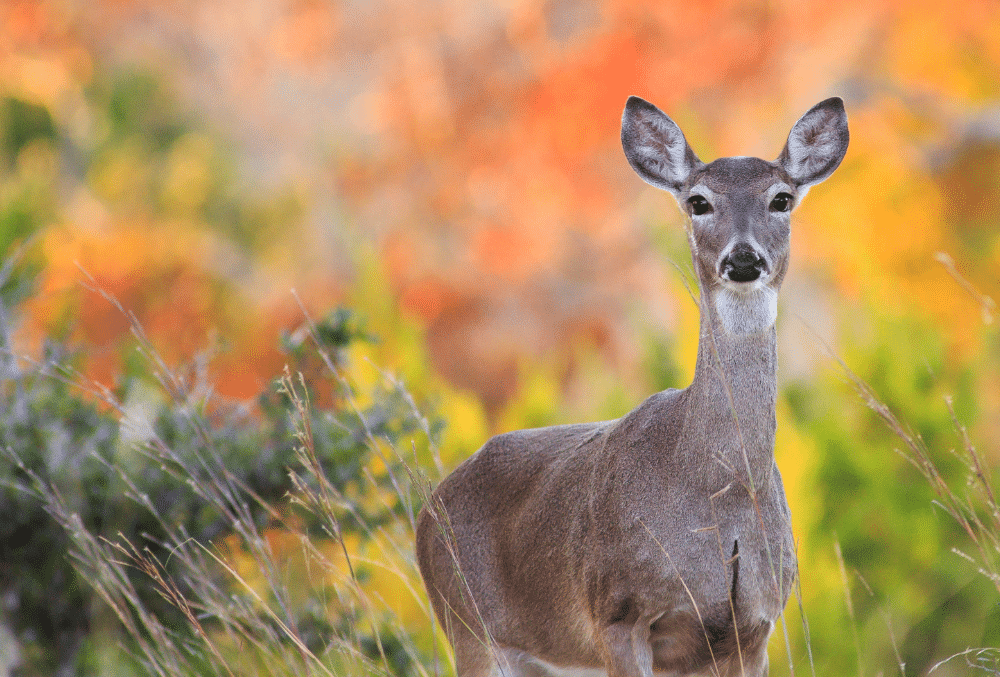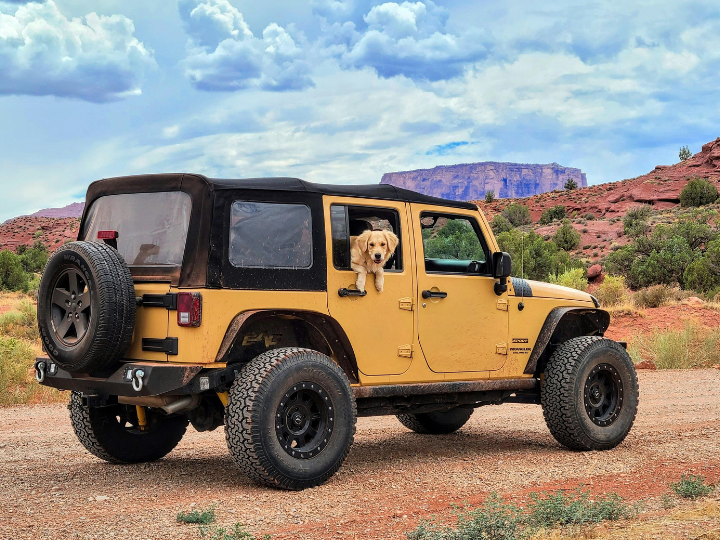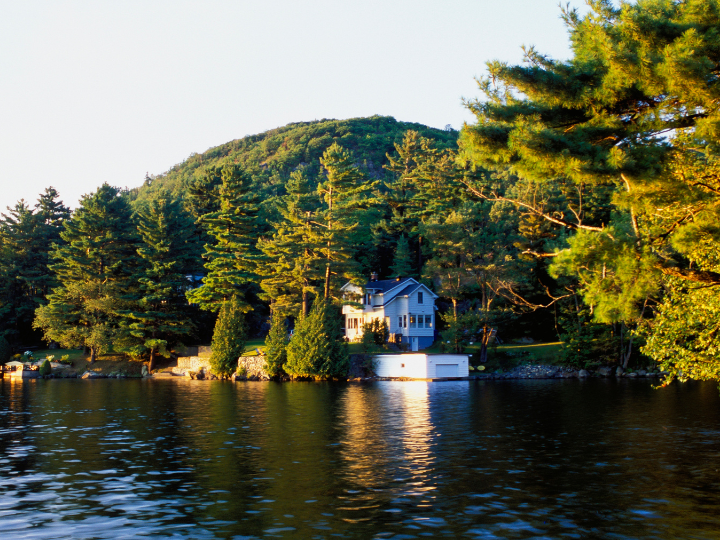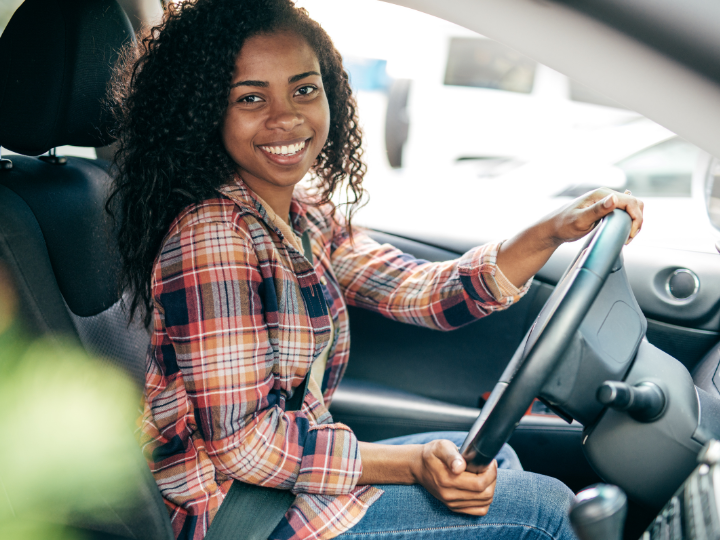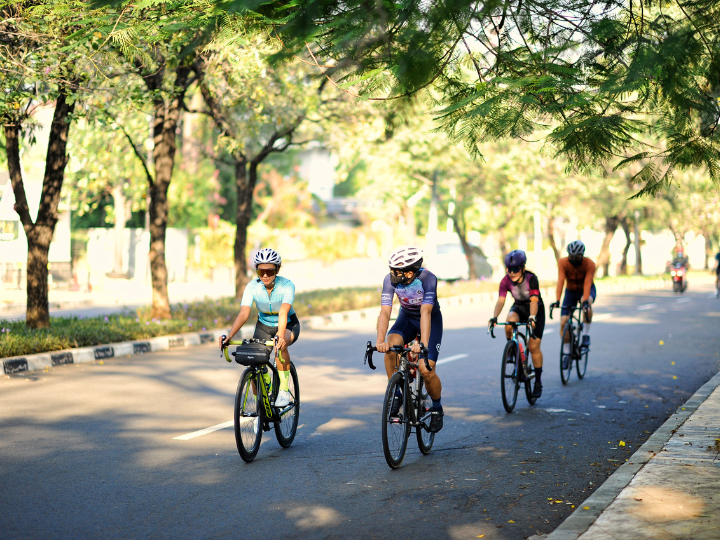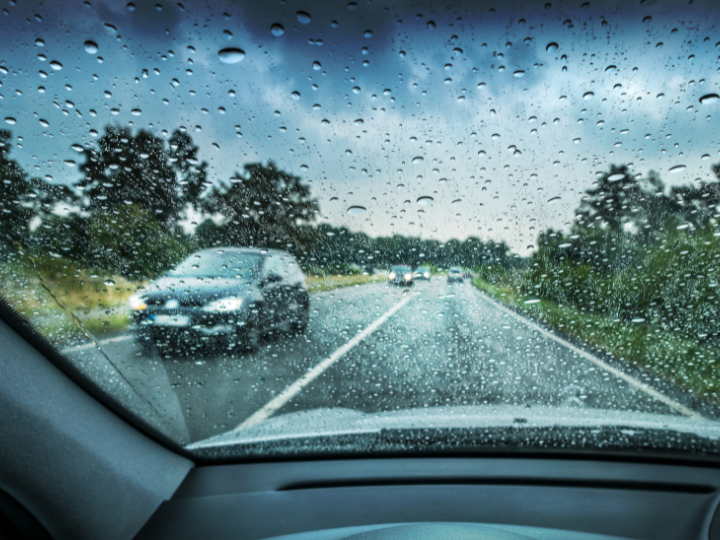While driving on rural roads, catching a glimpse of wildlife roaming through nature is expected. Although loud noises caused by traffic will often cause many animals to stay as far from the road as possible, there are times when they must get across, especially when looking for food or shelter. And if you encounter an animal in your path while driving, the consequences could be severe, if not fatal.
Animals often find their way out into residential streets and rural backroads, placing them in the direct path of motor vehicles. There is unfortunately little you can do to prevent wildlife from getting in your way. Since this is a common issue, we have put together useful tips to help drivers avoid these accidents and what to do if you are involved in a collision with wildlife.
How to Avoid Vehicle Collisions with Wildlife
Preparing yourself for an encounter with a large animal on the road or on the highway can help save your life and the lives of others. To practice good driver safety, here are some ways you can reduce your risk of enduring a collision while traveling on rural roads.
Do Your Best Not to Tailgate
Always keep a safe distance between your car and the vehicle in front of you. Doing so will help you avoid any unnecessary accidents. If the vehicle in front of you has to brake suddenly to avoid a collision with an animal, you will not be able to react in time if you are following too closely.
Focus on the Road Ahead and Scan the Area
While animals can be out during the day, they are more likely to roam around at night. Always keep your eyes on the road ahead, especially while driving on an unfamiliar road, in a rural area, or at night. If someone is with you in the car, ask them to be your extra set of eyes as you go. Many animals are known to travel in packs, so if you see one, there are likely more behind them.
Make Use of Your Vehicle’s Lights and Horn
Whenever you spot an animal standing in or near the road, honk your horn and flash your lights. Doing so will cause the animals to move away. Some wildlife, such as deer, are known to freeze in place because they can become mesmerized by the lights on your car. In that case, you will also want to honk your horn so they move.
Be Extra Cautious at Dusk and Dawn
Wildlife, such as deer, are more active in the early morning and later in the evening. If you often drive at night, you should watch out for any glowing eyes in your path. Be sure to use your vehicle’s high-beam lights if there is no oncoming traffic.
Take Control of the Situation
If you know a collision is going to happen and there is no way you can prevent it, stay calm and check your rearview mirror. When you know it is safe, firmly apply your brakes and keep your vehicle in your lane. Do your best not to swerve, to avoid crashing into the animal. Swerving could cause an even more severe crash, or you may lose control of your vehicle. Instead, it would help if you eased up on your brake before your car makes contact.
Be Conscious of Your Surroundings
It is essential to take extra precautions while driving in heavily wooded areas, rural areas, or close to bodies of water. Look out for any road signs warning about wildlife crossing, and always take those warnings seriously.
Be Aware of Peak Seasons for Wildlife
While it is essential to be aware of animals during the early morning and late at night, the time of year is also relevant. The early fall is mating season for animals like moose, who will be tracking scents. Deer are also very active during their breeding season, typically between October and January.
Springtime is when many wildlife families go out with their young to find food and shelter, so look out for little ones who may be crossing your path.
What Should You Do if You Have a Collision with Wildlife?
If you, unfortunately, have a collision with wildlife while traveling there are several things you should do to ensure your insurance claims are filed correctly:
- Get in touch with the police if the collision caused damages greater than $1000, if there are any human injuries, or if there is animal carcass in the road you can not move and is creating a hazard for drivers.
- Call the Conservation Officer Service if the collision injured an animal. If a crash occurs inside a national or provincial park, you must contact a park warden.
- Remember it is necessary to report the precise location of the collision. That will help officials monitor injured animals and recover carcasses to prevent any additional road hazards. Ensuring the quick removal of these animals will also prevent other wildlife from being drawn to the highway.
Contact Duliban Insurance for More Information on Collision Claims
Wildlife-related collisions are some of the most common car insurance claims. To ensure you are properly covered, review your auto insurance policy and discuss your coverage with your broker. If you have any questions or concerns about your policy, contact us at Duliban Insurance.
We look forward to assisting you and helping you better understand your auto insurance needs.
